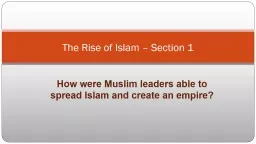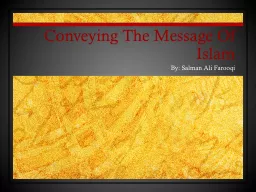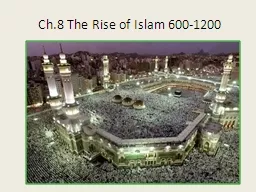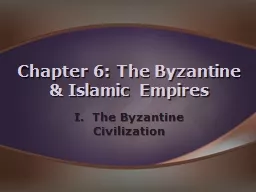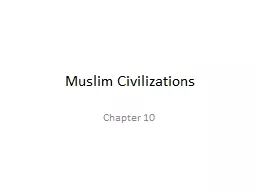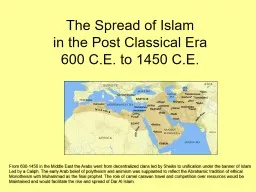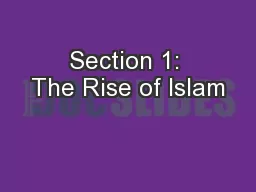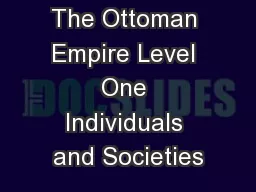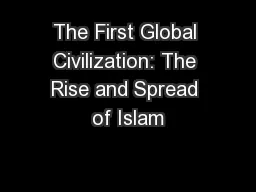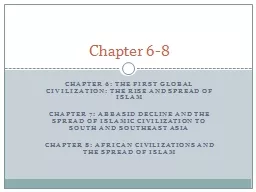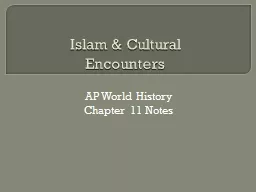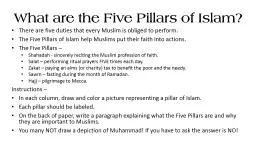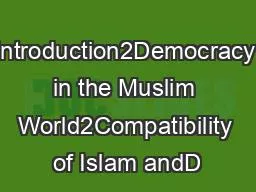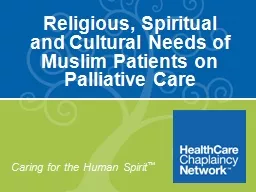PPT-How were Muslim leaders able to spread Islam and create an empire?
Author : iainnoli | Published Date : 2020-08-26
The Rise of Islam Section 1 Listen to the audio of the book for section 1 Read along in the book from page 307 313 Listen and Read Pause your notes here Save the
Presentation Embed Code
Download Presentation
Download Presentation The PPT/PDF document "How were Muslim leaders able to spread I..." is the property of its rightful owner. Permission is granted to download and print the materials on this website for personal, non-commercial use only, and to display it on your personal computer provided you do not modify the materials and that you retain all copyright notices contained in the materials. By downloading content from our website, you accept the terms of this agreement.
How were Muslim leaders able to spread Islam and create an empire?: Transcript
Download Rules Of Document
"How were Muslim leaders able to spread Islam and create an empire?"The content belongs to its owner. You may download and print it for personal use, without modification, and keep all copyright notices. By downloading, you agree to these terms.
Related Documents

